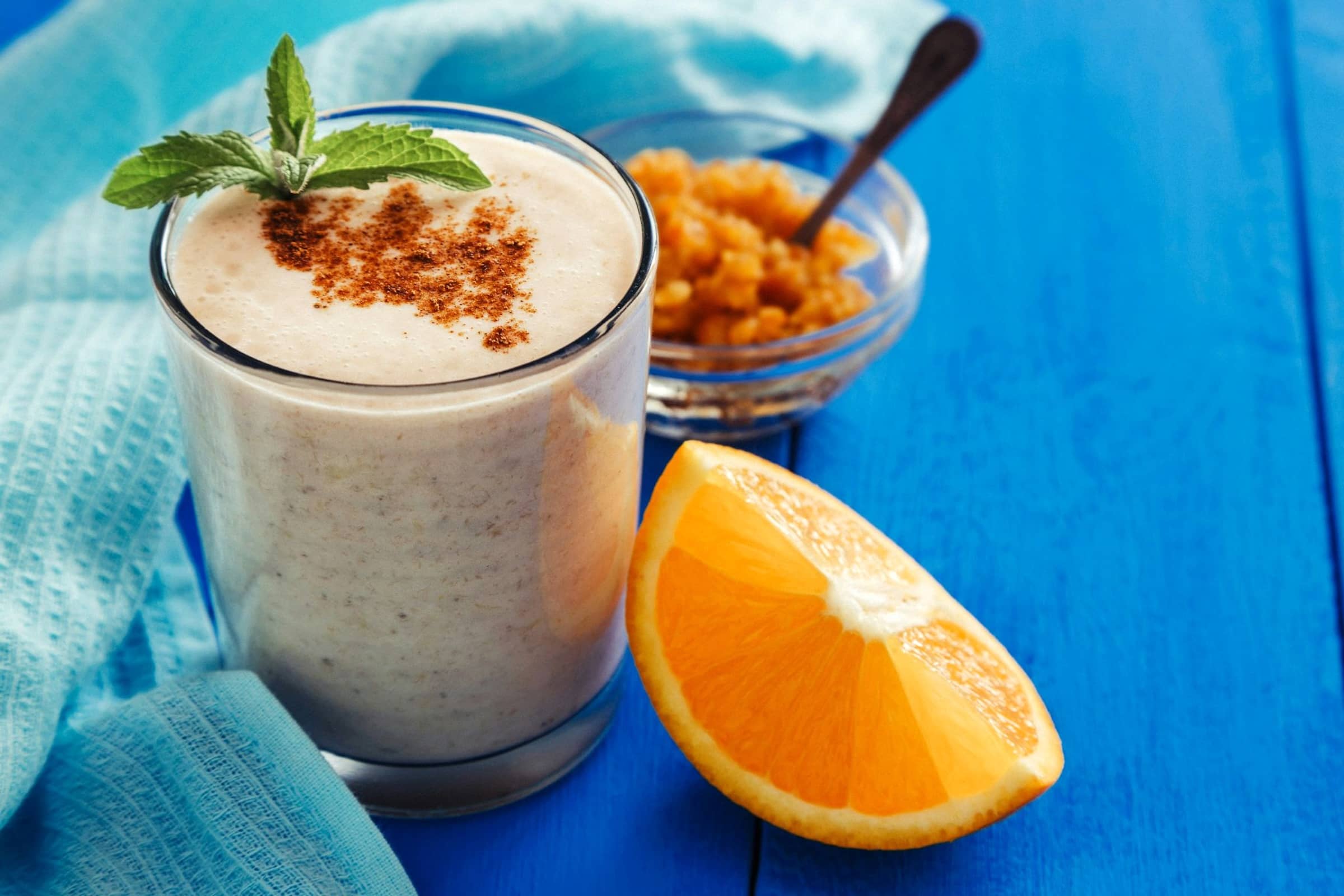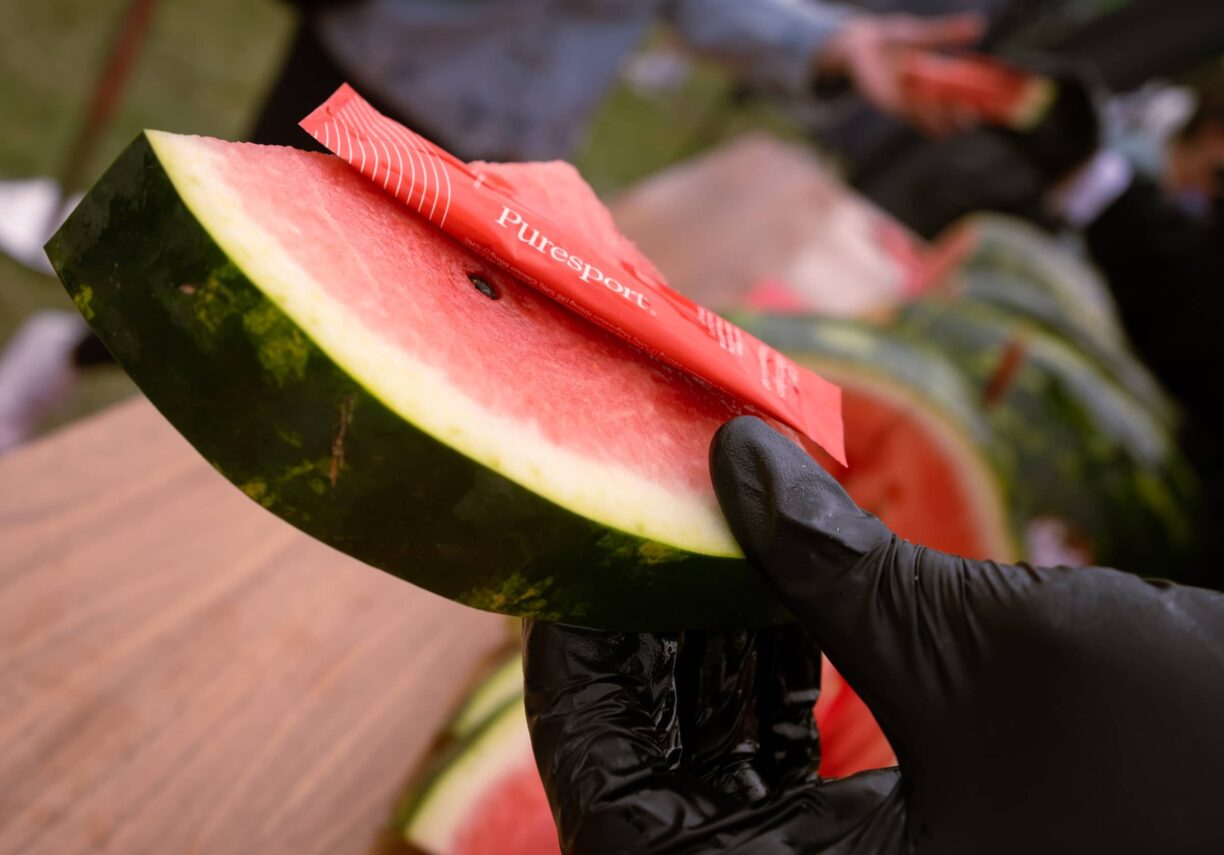Meals for gut health might just be the hottest topic of 2025, with more people than ever prioritising a happy tummy and embracing the magic of breakfast meal prep.
In fact, Google Trends data shows global searches for “gut health” have skyrocketed by 34% in the last year alone, topping 1.6 million monthly queries. Meal prep, meanwhile, racks up over 3 million hits each month—a 20% surge since the start of the year.
It’s not just about fancy new recipes, either. Searches by users eager to “learn about nutrition” now exceed 6,000 a month, up 28% in the past year.
Clearly, the world’s hungry to know exactly what we’re putting in our bodies, and how to store it safely for maximum nutritional punch.
That’s where Chris Hassall, resident food storage and hygiene authority at Virtual College by Netex, steps in.
He’s offering some sage advice on how to handle a few trending staples—from probiotic-rich kefir yoghurt to gut-friendly shots and those beloved overnight oats.
Let’s take a look at how to keep these meals for gut health fresh, tasty, and ready to serve up all their body-boosting benefits.
Keep Kefir Yoghurt Cold
Kefir yoghurt is one of the rock stars of the probiotic world—a tangy, creamy cousin of traditional kefir that’s easier to digest and brimming with beneficial bacteria. Because of its live cultures, it needs a little TLC to remain fresh and full of immune-supporting goodness.
Chris explains: “Kefir yoghurt only has a short shelf life and should be stored in line with the manufacturer’s storage instructions.
“Generally, this will be between 7-14 days. You’ll know it’s bad when it’s gone past tangy, and if it’s changed colour then you should dispose of it immediately.
“Keep kefir yogurt in the fridge, in a glass jar or BPA-free plastic container, at around 5 degrees Celsius, or lower. It can be frozen, but that may reduce the probiotic value, though it will still be edible.
“Avoid major temperature fluctuations, like leaving it out too long after using it as bacteria thrive in a warm environment.
Also, make sure the container is airtight – this will keep it free from contamination or absorbing odours from inside the fridge.”
Keep Protein Packing a Punch
Protein shakes and smoothies have become the go-to choice for fitness buffs, busy folks, and anyone hoping to pack extra nutrients into a single, sippable hit.
Protein helps repair muscles, can calm ravenous appetites, and supports overall wellness—all in one frosty gulp.
Chris advises: “Anything dairy-based won’t have a very long shelf life so if you’re planning to store drinks longer than 24 hours, consider using a plant-based version of milk instead.
“As with kefir yoghurt, smoothies and shakes should be kept in the fridge in an air-tight container, and they can also be frozen to keep them fresher for longer.
Frozen drinks can be stored for no more than three months, and when you’re ready to drink, leave them to thaw overnight in the fridge.
“A little bit of separation is normal with anything that has mixed ingredients like a shake or a smoothie, so always give your drink a shake or stir before consuming.”
Great Gut Health Goals
Gut shots are highly concentrated powerhouses typically loaded with prebiotics, apple cider vinegar, and other zippy additions like ginger and turmeric. They’re designed to give your digestive system a friendly nudge in the right direction, but only if they’re stored properly and haven’t outlived their shelf life.
Chris notes: “Gut health shots are a convenient way to get loads of great nutrients into your body if you don’t have a great diet, but not if they’re expired. They’re best consumed within 5-7 days, and natural separation is normal for anything with combined ingredients so always give them a good shake before drinking.
“Again, keep these in the fridge at around 4 degrees Celsius, away from the door where temperatures fluctuate, and if possible, use a dark or opaque air-tight container.
This protects them from any light sources (like the light in your fridge), as this can degrade the live cultures in the probiotics.
“Also try to avoid plastic containers as some acidic ingredients like apple cider vinegar or lemon juice can cause the plastic to erode.”
Overnight Oats On the Go
Overnight oats are the poster child for grab-and-go breakfast meal prep. You can mix them before bedtime, adding oats to your favourite milk or yoghurt, plus fruits, seeds, and nut butter for flavour and texture.
Then, while you catch some z’s, the oats soak up all that goodness and—voilà!—your fuss-free breakfast is ready.
Chris recommends: “Once you’ve prepped and mixed your overnight oats, pop them in the fridge in an airtight container – a mason jar or glass container works best.
You can prep a number of days ahead here, as overnight oats can be stored for around 3 days before they will start to lose flavour and become too mushy to be desirable.
“When on the go, make sure the container is spill-proof with a tight seal and kept cold in an insulated bag with an ice pack – especially if you’re not likely to be eating it or refrigerating it again within a 2-hour period.”
For additional insights on food hygiene and safety—or if you’re simply ready to upgrade your culinary know-how—head over to Virtual College by Netex’s food hygiene and safety training courses.
With the right storage tricks and a little planning, your meals will stay fresh, tasty, and perfectly poised to keep that gut health humming along. Bon appétit!





